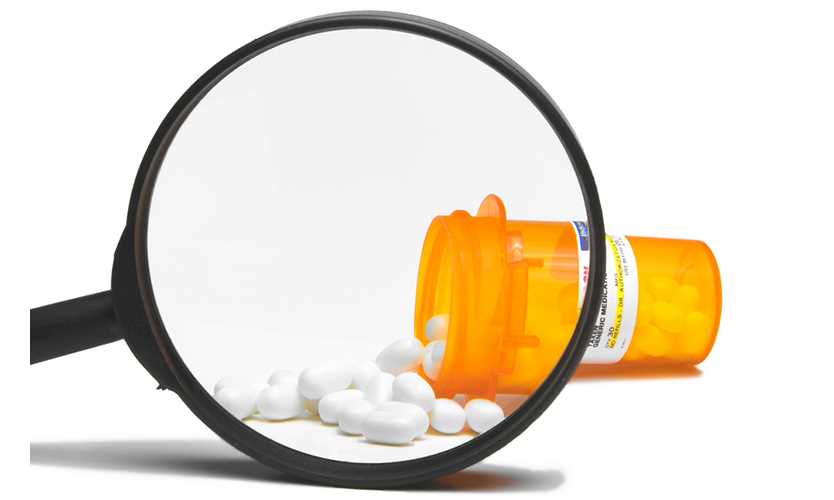In today’s digital age, social media has revolutionized the way we communicate, share information, and express our experiences. This transformation has extended beyond personal connections and into critical fields like healthcare and pharmacovigilance. Pharmacovigilance, the science of monitoring the safety of pharmaceutical products, is increasingly utilizing social media to enhance drug safety reporting and management.
The Role of Social Media in Pharmacovigilance
Social media platforms such as Twitter, Facebook, and Instagram are now valuable tools for collecting real-time data on drug safety. Patients often share their experiences, side effects, and opinions about medications online, creating a vast repository of information that can be harnessed for monitoring drug safety trends.
1. Real-Time Feedback:
Patients no longer have to wait for formal reporting mechanisms to voice their concerns. Instead, they can share their experiences instantly, allowing healthcare professionals and regulatory bodies to receive immediate feedback on the safety and efficacy of drugs.
2. Early Detection of Adverse Effects:
Traditional pharmacovigilance methods often rely on post-marketing surveillance and clinical trial data, which can take time to accumulate. Social media provides a platform for early detection of adverse drug reactions (ADRs), enabling quicker responses from pharmaceutical companies and regulatory agencies.
3. Wider Reach and Diverse Perspectives:
Social media platforms connect millions of users, offering a diverse range of perspectives. This wider reach can help identify rare or previously unreported side effects, ensuring a more comprehensive understanding of a drug’s safety profile.
Key Trends in Social Media Pharmacovigilance
As the integration of social media into pharmacovigilance evolves, several trends are emerging:
1. Crowdsourcing Data:
Pharmaceutical companies and researchers are beginning to leverage crowdsourcing to gather patient-reported data. By encouraging patients to share their experiences, they can gain insights into drug performance that might not be captured through traditional reporting methods.
2. Sentiment Analysis:
Advanced data analytics tools are being developed to analyze social media content. Sentiment analysis can help determine public opinion about specific drugs and identify potential safety signals from user-generated content.
3. Regulatory Engagement:
Regulatory bodies are increasingly recognizing the importance of social media in drug safety monitoring. Some agencies are incorporating social media data into their safety assessments and actively monitoring platforms for adverse event reports.
Best Practices for Leveraging Social Media in Pharmacovigilance
For healthcare professionals and pharmaceutical companies looking to harness the power of social media in pharmacovigilance, consider these best practices:
- Monitor Social Media Channels: Regularly monitor relevant social media platforms for mentions of your products. Use tools that can track keywords and hashtags related to drug safety.
- Engage with Patients: Foster open communication with patients online. Encourage them to report their experiences and provide feedback about your products.
- Collaborate with Data Scientists: Work with data scientists to analyze social media data effectively. Employ machine learning and AI tools for sentiment analysis and trend identification.
- Educate the Public: Use your social media platforms to educate patients about the importance of reporting adverse drug reactions and how they can do so effectively.
Conclusion
Social media is redefining pharmacovigilance by providing new avenues for monitoring drug safety. By harnessing the power of these platforms, healthcare professionals and pharmaceutical companies can enhance their ability to detect, analyze, and respond to drug safety trends. As the digital landscape continues to evolve, the integration of social media into pharmacovigilance will be crucial for ensuring patient safety and maintaining trust in healthcare.


No Comments